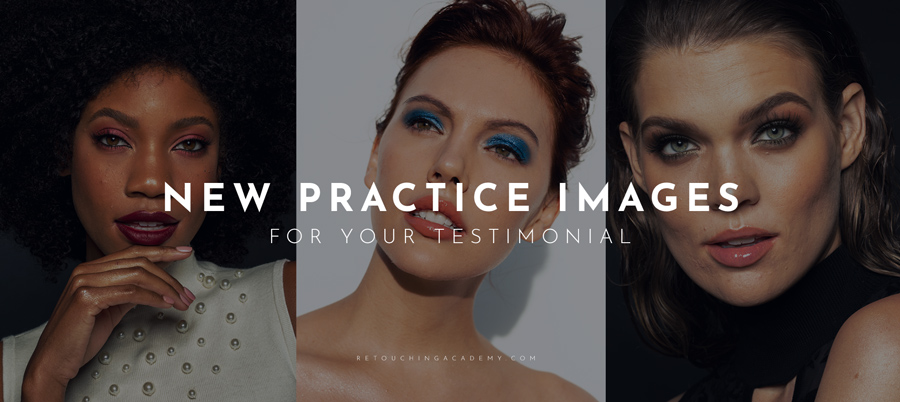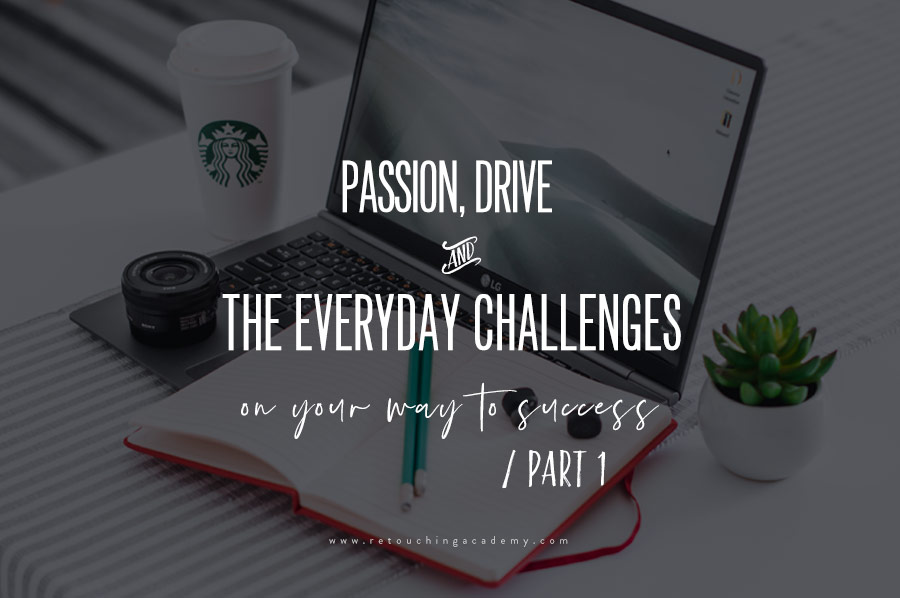Continued from Passion, Drive & The Everyday Challenges On The Way To Your Success. Part 1
Problem #2 Self-doubt & Lack of inspiration
When I was in high school and it was time to start thinking of my future profession, I wanted to become an artist, but the fear of not being able to create on demand terrified me and I chose Finance instead. Many years later, I realized that I shouldn’t have fought my passion because removing art from my life made me unhappy.
Solutions to conquer the fear and develop the ability to summon your creative genius that I found:
CREATIVE GENIUS ON DEMAND
I learned the craft by studying at a professional photography college in Australia and then I practiced until my eyes and hands could perform and deliver great results without the inspiration that comes and goes. It’s possible, doable and it shouldn’t be stopping anyone from following their dreams.
I am not saying it’s easy, but when you have the passion and drive, you will get there! If your creative work does require a boost of inspiration, you can learn to get it under your control – build an environment and a routine that tells your brain: “It’s time to get creative”.
Most highly successful and productive artists and businessmen have a spot-on daily routine in place. And while for a CEO of a multi-billion dollar corporation it can be a morning cup of coffee and a newspaper that gets them ready for a long day of important business decision making; for writers and artists if can be a 15-minute meditation and their favorite music that sets the mood and prepares their brain for creative work.
Human beings are creatures of habit, and to get a new good habit that triggers your creative mood stick, you need to actively make yourself perform the actions you’re trying to turn into a habit for, arguably, 21 days – after that they become your second nature.
If you’re interested in mind hacks and how to be in control of your own mind, check out this great book by Dr Joe Dispenza, “Evolve Your Brain: The Science of Changing Your Mind”.
From my own experience, only the first 5-7 days are difficult, after that, seeing the great outcome and results of my new habit is so inspiring and empowering that further changes come easy.
Seth Godin, an American entrepreneur, best selling author and public speaker says: “…Lots of people are creative when they feel like it, but you are only going to become a professional if you do it when you don’t feel like it. And that emotional waiver is why this is your work and not your hobby.”
So train yourself to produce great art when you need to by creating a daily routine, and not when the inspiration knocks on your door.
REMOVE SELF-DOUBT
Self-doubt is a toxic feeling that many artists have to deal with. I’ve learnt that thorough preparation and a lot of practice help me to overcome second-guessing my own abilities, remove stress and come into every shoot calm and collected, ready to make magic.
If you’re a beginner photographer and/or retoucher, nothing will help cure your self-doubt better than doing a few dozens photo shoots in a row and retouching a handful of best images from each.
Don’t have a team of creatives to work with? Just sit a doll or a mannequin in the middle of your living room and try a bunch of different lighting setups around it.
Don’t know how? Check out my Studio Beauty video course, we created it to help photographers like you. Not only we teach all the necessary basics of studio photography, explain what gear and light modifiers you will need, but also the techniques that will make you confident with your lighting. We even explain and demonstrate 10 (ten) lighting setups, from simple to very creative, so you have a lot of material to shoot to explore lighting and build your new portfolio.
Experiment with your lights, get to know them, throw in reflectors and color gels – don’t aim to get perfect lighting, but aim to understand how light behaves and how the direction of light and the distance between the light and your subject affect the final picture.
Extend your learning process to analyzing what you’ve photographed. If you do 5 of such shoots within a couple of weeks, working on improving your exposure, composition, lighting, I promise you you will feel so much more confident about your skills and will be ready to invite a friend or a model to help you work on directing and posing as the next step of your photography self-education.
TO BE CONTINUED: We will talk about the Problem #3 Negativity that weighs you down
in my next article next week. See you then!
Featured image: @alexacea on Unsplash










